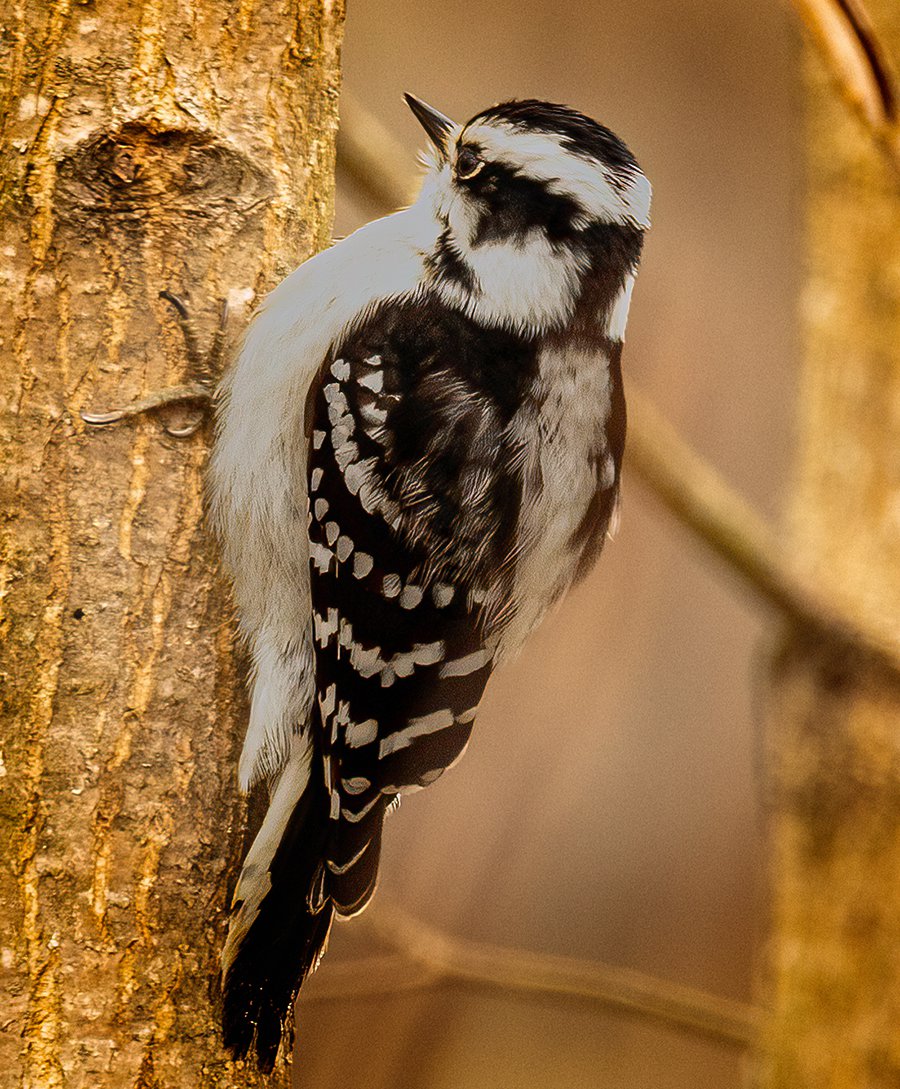Woodpeckers in Florida: Natural History, Ecology, and Conservation
Woodpeckers in Florida: Natural History, Ecology, and Conservation
Blog Article
Unveiling the Tricks of Woodpeckers: Actions, Environment, and Much More
Woodpeckers, with their one-of-a-kind behaviors and specialized adaptations, have actually lengthy captivated researchers and nature fanatics alike. These remarkable birds possess a variety of fascinating secrets that clarified their survival strategies, habitat choices, and detailed interaction methods. By uncovering the secrets bordering woodpeckers' actions and environment selections, a deeper understanding of these avian wonders emerges, providing a look right into their remarkable globe. What makes these birds genuinely outstanding, and just how do they browse their setting with such accuracy and ability? Allow's check out the fascinating realm of woodpeckers and unravel the enigmatic details that make them such intriguing subjects of study.
Woodpecker Actions Insights
In analyzing woodpecker behavior, a fascinating screen of specialized abilities and adjustments emerges, losing light on their amazing eco-friendly specific niche - Woodpeckers in Florida. Woodpeckers, recognized for their distinct drumming on trees, have a range of behavioral traits that add to their survival and success in their setting. One essential behavior is their drumming, which offers several purposes such as interaction, establishing region, drawing in mates, and situating food sources. This balanced pecking likewise showcases their remarkable toughness and endurance, as they can hammer away constantly at broadband without triggering harm to themselves.
Furthermore, woodpeckers display an unique feeding habits identified by their ability to remove insects from tree bark using their specialized beaks. Their lengthy, barbed tongues help in catching target, while their strong neck muscle mass give stability and precision throughout pecking motions. This feeding technique permits woodpeckers to access covert insect larvae and remove them with impressive efficiency.
Habitat Preferences and Option
What factors influence the habitat choices and option of woodpeckers? Woodpeckers are highly adaptable birds understood to populate numerous environments worldwide. Nevertheless, they do show choices for certain habitat attributes. One vital factor influencing woodpecker habitat selection is the accessibility of appropriate nesting sites. Woodpeckers normally choose woodlands with a mix of fully grown trees that provide ample opportunities for tooth cavity excavation. These tooth cavities serve as vital nesting and roosting websites for woodpeckers and are vital for their breeding success.
Furthermore, woodpeckers show a preference for environments with a bountiful supply of food sources. They are mainly insectivorous, feeding on beetles, ants, larvae, and various other pests discovered in decaying wood or tree bark. Woodpeckers tend to prefer wooded areas with a varied insect population to fulfill their nutritional needs.
Moreover, the visibility of dead or this website rotting trees is another crucial element in woodpecker habitat option. These trees not only provide food resources but additionally use suitable substratum for tooth cavity excavation. Dead trees are essential for the upkeep of healthy woodpecker populaces, as they play a crucial role in the woodpeckers' life process and community characteristics.
Feeding Practices and Diet Regimen Structure
Woodpeckers demonstrate a specialized feeding habits focused on foraging for bugs within various environments. Their diet largely includes pests such as beetles, ants, caterpillars, and crawlers, which they locate by tapping on tree bark and listening for the audio of motion inside. Woodpeckers utilize their strong beaks to drill right into the wood and their long, barbed tongues to remove prey from gaps. In enhancement to bugs, woodpeckers additionally consume tree sap, fruits, nuts, and seeds, adding range to their diet depending upon the period and availability of food sources.
The foraging methods of woodpeckers are well-adapted to their arboreal lifestyle. Woodpeckers play a crucial duty in keeping the health and wellness of forests by regulating insect populaces and helping in the decomposition of timber.
Drumming Seems and Communication
Utilizing quick drumming noises on various surface areas, woodpeckers utilize a distinctive kind of communication to signal region limits and attract mates. This drumming actions is not only a means of interaction however also functions as a method for woodpeckers to establish their visibility within a certain location. The strength, rate, and pattern of the drumming can convey important details to other woodpeckers around.
Woodpeckers make use of drumming sounds to introduce their existence in a region and to caution off potential trespassers. The loud and repetitive nature of the drumming offers as a clear signal to other woodpeckers that the area is already claimed. This aids in decreasing problems and reducing physical battles between people.

Survival Adaptations and Specialized Makeup

Verdict
In verdict, woodpeckers display distinct behaviors, such as drumming audios for interaction, and have specialized anatomy for survival in their picked habitats. Their feeding habits and diet regimen structure even more demonstrate their flexibility to different environments. By recognizing these elements of woodpeckers, researchers and preservationists can better protect and maintain these interesting birds and their ecosystems.
Report this page